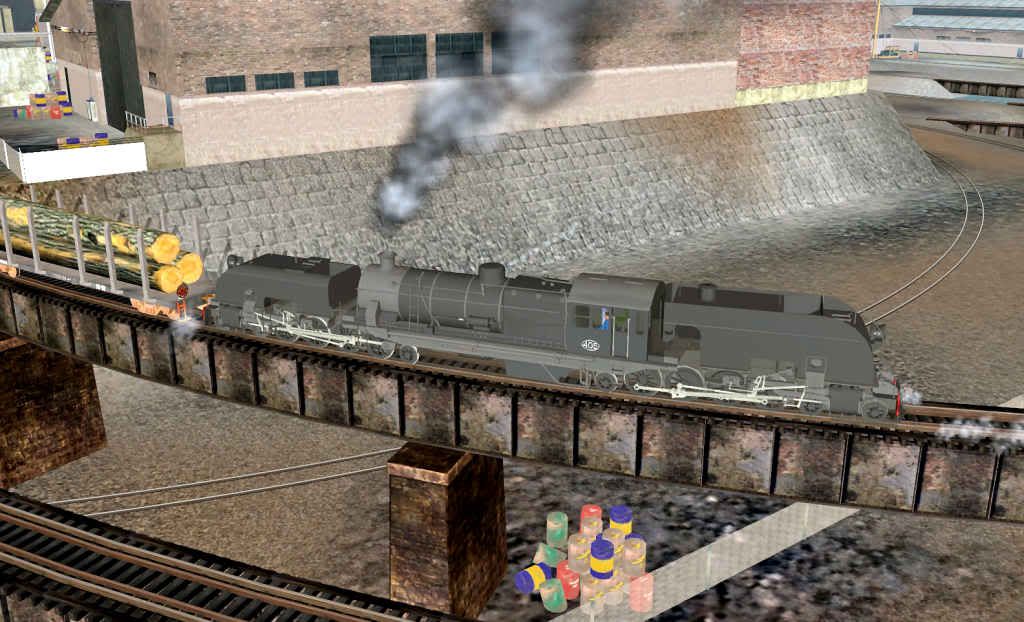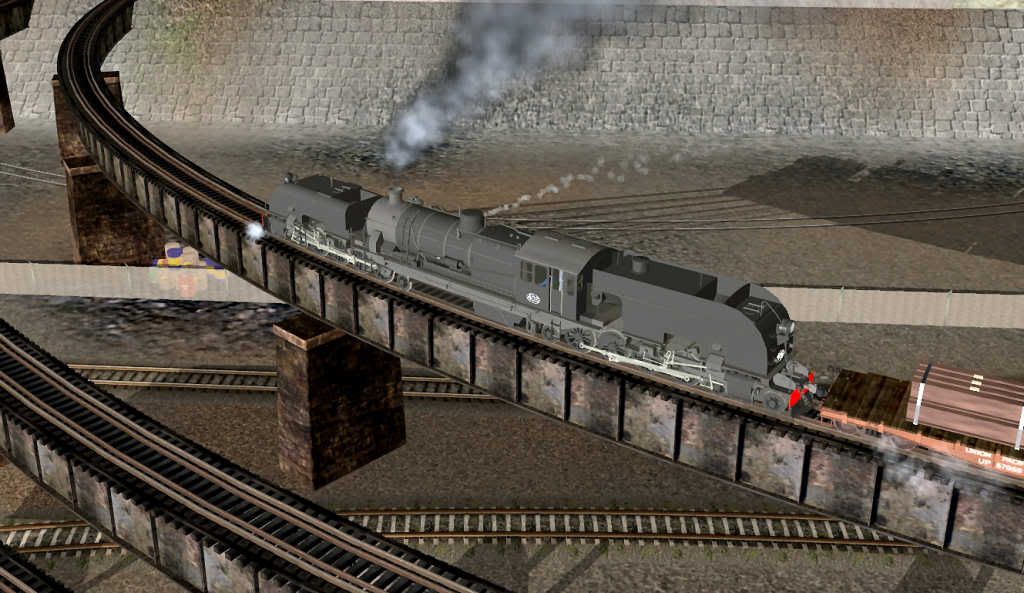I have only 2 that you can call strange and unusual they top the list.


I do freeware custom modeling and my non real locos are strange and unusual.
Are those based off of anything?
Follow along with the video below to see how to install our site as a web app on your home screen.
Note: This feature may not be available in some browsers.
I have only 2 that you can call strange and unusual they top the list.


I do freeware custom modeling and my non real locos are strange and unusual.
I've been searching that model for ages. They also have a weathered Big Boy correct?
GDennish

Its on DLS search for DPR Old Engien V2 ( New 1895 ) the other one is DPR Big Steam
The articulated snowplow was called a Winterhaur Articulated Rotary Snow Plough (Switzerland in meter gauge) on the Ch. de fer de la Bernina RR. 29 1/2 inch diameter drivers as an 0-6-6-0. I guessed wrong - it did have a tender though fairly small and only 2 axles. Photo on page 86 and 87 of that book plus a little info on page 88.
There are 100's of weird (to me) locos in this book.
Be
Hi Phil --
"I have been looking for some TS12 error free Ben Neal content for a while! Do you plan on doing more?"
Not at this stage. But you can use those as a template if you want to change others to work in TS12.
One other locomotive that might interest you - the Beyer Garratt:


Just search the Download Station for "Loco SAR 400 Garratt".
Phil
I saw that Swiss rotary plow/loco on a Youtube video about odd locomotives! I found it quite strange. lol
The Bernina Railway self-propelled rotary plows both still exist, one of them is kept operable by the Rhaetian Railway (into which the Bernina Ry. has been merged in the early 1940s) and is used on show runs twice a year. Ocasionally being used for real snow fighting too.
They were built as self-propelled units not only because all the railway's motive power was electric at that time, but also because of the tight curves (45m/148ft radius) and gradients of 7%. To minimize lateral forces caused by the pushing locomotive, in tight curves the rotary has to use some of its own power for movement, whereas on straight track it can use all of the steam available to drive the rotary wheel (and may be build up again some lost steam pressure).
Video of a show run in 2011 (unfortunately not very much snow):
http://youtu.be/soHMPdx0yFY
And some very interesting footage of real snow fighting in 1937 (I skipped the first 5 minutes of a "normal" plow stuck in the snow):
http://youtu.be/iy-HIUljPos?t=5m7s
Felix
To minimize lateral forces caused by the pushing locomotive, in tight curves the rotary has to use some of its own power for movement...
When you say that, do you mean less power went to the rotary wheel?


Don't forget double Fairlies. I have some Ffestiniog Railway examples on the DLS.
Double Fairlies are particularly associated with the Ffestiniog, who were granted a license to use the patent free after they hosted trials showing the types superiority over traditional locomotives.
